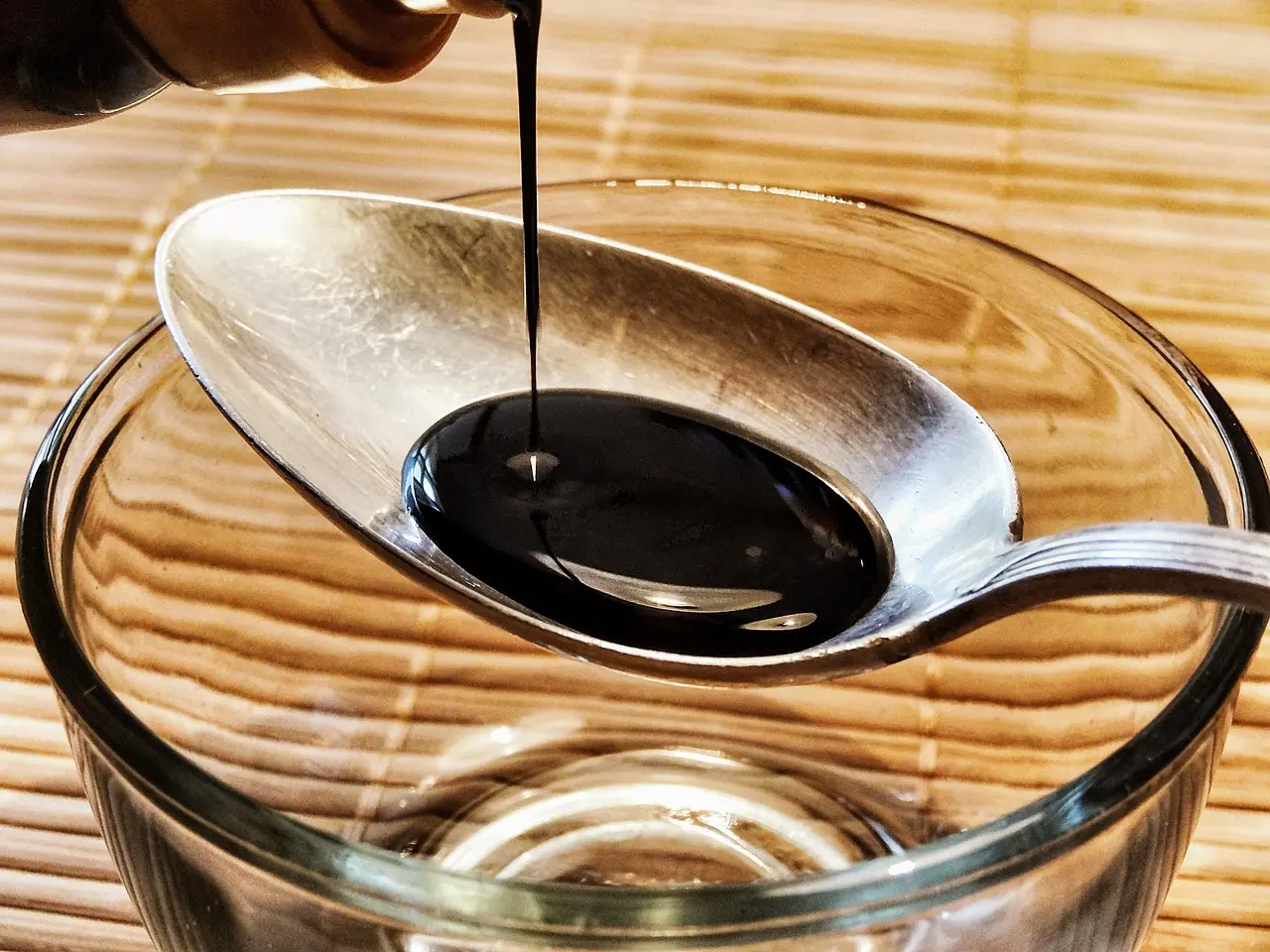If you're an avid cook or baker who enjoys exploring recipes from around the world, you've likely encountered variations in measurement units. One such difference that can significantly impact your culinary outcomes is the size of a tablespoon. While much of the globe, including the United States and the United Kingdom (for metric recipes), uses a tablespoon equivalent to approximately 15 milliliters (ml), Australia stands out with its standard metric tablespoon holding a larger volume of 20 milliliters (ml).
A Closer Look at Tablespoon Volumes:
Let's break down the common tablespoon measurements you might encounter:
- Australian Metric Tablespoon (AU Tbsp): This is officially standardized at 20 ml. It conveniently equates to four Australian metric teaspoons, as an Australian metric teaspoon is 5 ml.
- US Customary Tablespoon (US Tbsp): This is legally defined as 1/2 US fluid ounce, which is approximately 14.79 ml. For practical kitchen purposes, it's often rounded to 15 ml and is equivalent to 3 US teaspoons (each US teaspoon being ~4.93 ml).
- UK & Most International Metric Tablespoons (elsewhere): When recipes in the UK, Europe, and many other metric-using countries specify a "metric tablespoon," they are generally referring to a 15 ml measure, which is also equivalent to three standard 5 ml metric teaspoons.
The "Why" Behind Australia's 20ml Tablespoon:
The adoption of the 20ml tablespoon in Australia was part of the country's broader metrication process that began in the 1970s. The rationale was to create a more streamlined and easily divisible system within their culinary metric framework: a 20ml tablespoon is neatly four times a 5ml teaspoon. This decision, while logical within its own system, created a notable point of difference from the more common 15ml tablespoon used internationally and in the US.
The Impact on Your Recipes: Why 5ml Matters
A difference of 5ml per tablespoon might seem trivial at first glance, but it represents a 33% increase in volume when comparing an Australian tablespoon to a US/UK 15ml tablespoon. This discrepancy can significantly alter a recipe, especially when multiple tablespoons of an ingredient are called for, or when dealing with potent flavorings, leavening agents, or thickeners.
Consider these examples:
- Liquid Ingredients: If an Australian recipe calls for 3 tablespoons of oil (3 x 20ml = 60ml), and you use a US tablespoon (3 x ~15ml = ~45ml), you'll be short by 15ml, which is an entire US/UK tablespoon. This could result in a drier baked good or an imbalanced sauce.
- Leavening Agents: If a recipe (perhaps an older one) specifies "1 tablespoon of baking powder" and it's Australian, using a 15ml spoon would mean 25% less leavening, potentially leading to a flat cake.
- Potent Flavorings: For ingredients like soy sauce, vinegar, or strong extracts, an extra 5ml per tablespoon can dramatically overpower other flavors.
Navigating the Tablespoon Divide: Practical Tips for Conversion
- Always Check the Recipe's Origin: This is your most important clue. If the recipe comes from an Australian source (cookbook, blog, chef), it's highly probable they are referring to a 20ml tablespoon. Recipes from the US, UK (for modern metric), or most other international sources will typically mean a 15ml tablespoon.
- Use Milliliter (ml) Markings: The most accurate way to ensure you're using the correct amount, regardless of your measuring spoon's origin, is to use the milliliter markings if your spoons or a small liquid measuring cup have them. If an Australian recipe calls for 1 tablespoon of soy sauce, measure out 20ml.
- Convert Using Teaspoons as a Bridge:
- If an Australian recipe calls for 1 Australian tablespoon (20ml), and you have US/UK standard spoons: Use 4 standard (5ml) teaspoons (4 x 5ml = 20ml). Note that 4 US teaspoons would be slightly less (4 x ~4.93ml ≈ 19.72ml), but this is usually a close enough approximation.
- If a US/UK recipe calls for 1 tablespoon (15ml), and you only have Australian measuring spoons: Use 3 Australian (5ml) teaspoons (3 x 5ml = 15ml). Do not use three-quarters of your 20ml Australian tablespoon by eye, as this is prone to inaccuracy.
- Invest in a Set with Clear Markings: Good quality measuring spoon sets often include both tablespoon/teaspoon demarcations and their milliliter equivalents, which can be very helpful.
Being aware of this regional measurement variation is essential for faithfully recreating recipes from Australia or for ensuring Australian cooks can accurately adapt recipes from other parts of the world. For a quick visual comparison, you can refer to our handy chart:
Printable Australian vs. US/Standard Metric Tablespoon to ml Chart
By paying attention to these details, you can navigate the world of international recipes with greater confidence and achieve delicious, consistent results every time. Happy cooking across borders!
 « Back to Blog Index
« Back to Blog Index